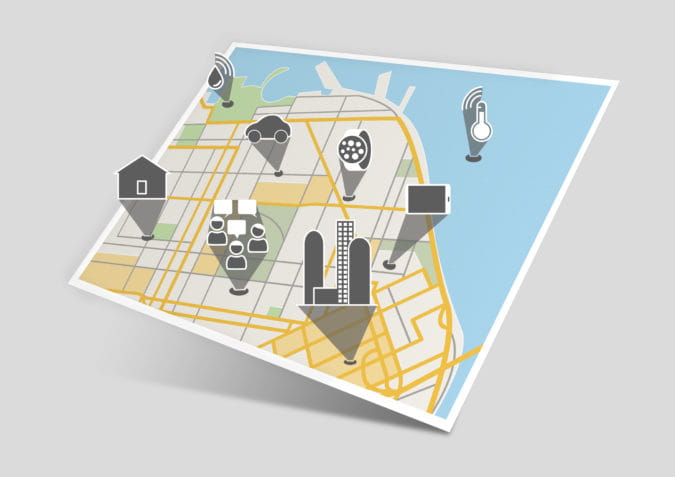
June 20, 2017 | InBrief
Leveraging digital to reduce internal friction in your utility
Leveraging digital to reduce internal friction in your utility
Digital transformation is sweeping the globe, across markets and industries. Companies are looking to improve efficiencies by simplifying and streamlining operations through digital, which is the application of value stream mapping, technology, and a focus on enhancing customer and employee experiences.
But what does this mean? Just because a manual process or interface is shifted to a digital one, does that make it automatically more efficient? I suspect you are shaking your head “no” as your business experience dictates that “digital” does not solve problems. To realize the benefits, the implementation of digital technology must translate to a more seamless experience for the customer and employee. That, of course, does not always occur.
What we are really talking about here is decreasing the friction of doing business, from both the employee and customer perspectives. From supplier management to customer engagement, automating low-value processes (or better yet, eliminating them) using digital solutions allows organizations to focus on developing products, customers, and employees. A well-architected digital solution will provide employees with more meaningful work experiences and use their effort to address more complex issues. Digitalization also enables organizations to better meet the expectations of their customers, who are increasingly looking for faster response times, self-service, and online or mobile touch-points.
The shift toward digital presents both a threat and opportunity for all companies, including utilities. Digitalization is a marked difference to how we have traditionally operated in regulated environments, and an implementation of a digital strategy requires evaluation and overhaul of many existing processes. However, digital may also be the answer to many looming problems.
Perhaps the most publicized digital adoption is advanced metering infrastructure (AMI), which is the digital approach to meter reading and much more. The creation of the digital grid in parallel to our utility networks is enabling utilities to deliver increased reliability, enhance customer choice, and support greater amounts of DER, all while we enhance affordability for our customers. Smart grid deployments include “digital-inside” components that focus on reducing internal utility process complexity, automate some of the asset management functions, perform predictive maintenance, and optimize network operation and outage management. These “digital-inside” use cases are all meant to reduce the friction associated with internal employee processes. The use of “digital techniques” are needed to enable many grid modernization initiatives currently being rolled out across the country, including distributed energy resources, electric vehicle load forecasting, the creation of transactive energy markets, and utilities serving as platform providers.
I recently experienced the benefits of the digital grid in my own backyard. Earlier this year, I woke up at 2 a.m. to a text notification. I took a minute to recount the location of my kids, and after deciding they were all where they were supposed to be, I relaxed, but noticed that the power was out. I dozed back to sleep. At around 5 a.m. I heard the back-up alert of some type of vehicle in my backyard, which turned out to be a small backhoe from ComEd replacing the distribution transformer. I thought, “Wow that is pretty cool they are fixing the power so quickly,” and went back to bed. By the next morning, I had received three text messages from my utility: one letting me know I had experienced a power outage, another telling me when crews were dispatched, and a final one once my power was restored. When I saw this, I realized I had a power outage and was more impressed with my utility than if I hadn’t lost power at all. This was more than AMI in action; it was an end-to-end “digital” solution from AMI – fault detection in the OMS that the issue was a distribution transformer, automatic dispatch of a crew with the correct transformer, and a transparent communication of status to me at every major event. This digital solution reduced the friction to communicate the status to me and reduced the effort and time to dispatch a crew to replace the transformer.
Fully realizing the benefits of digital operations is difficult, and I know it likely took multiple years before this level of digital integration was achieved. And it’s not a “one and done” solution, but a journey. The process should be iterative and continuously improved. Forbes recently reported that capturing the value of digital transformation sky rockets when paired with Lean Six Sigma. Reducing friction with customer and internal operations is a crucial part of the digitization process, and should be one of the foundational goals for any digital improvement.

